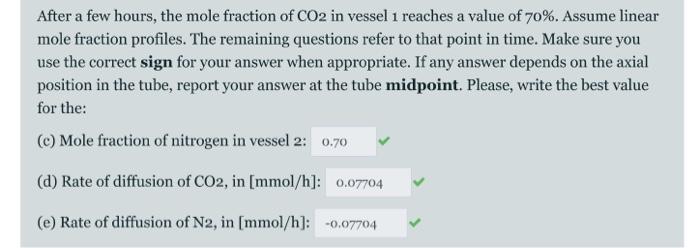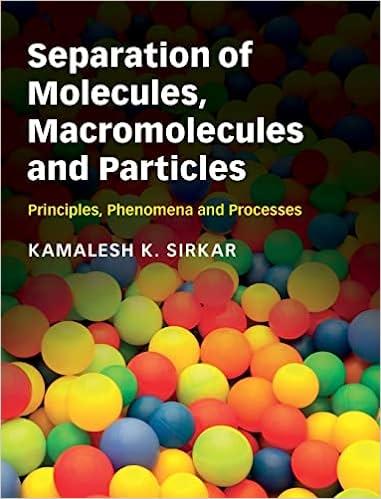Answered step by step
Verified Expert Solution
Question
1 Approved Answer
(g) Mass average velocity, in [um/s]: and molar average velocity, also in [um/s]: (f) Velocity, in [um/s], of CO2: and of N2: Situation: The two
(g) Mass average velocity, in [um/s]:
and molar average velocity, also in [um/s]:
(f) Velocity, in [um/s], of CO2:
and of N2:


Step by Step Solution
There are 3 Steps involved in it
Step: 1

Get Instant Access to Expert-Tailored Solutions
See step-by-step solutions with expert insights and AI powered tools for academic success
Step: 2

Step: 3

Ace Your Homework with AI
Get the answers you need in no time with our AI-driven, step-by-step assistance
Get Started


